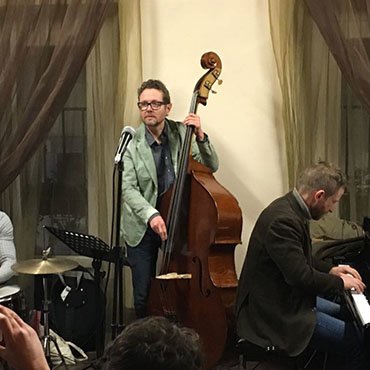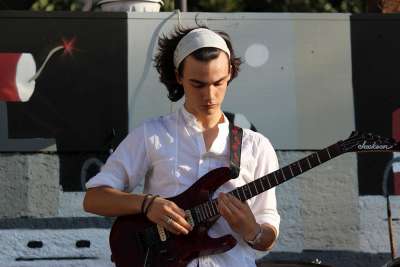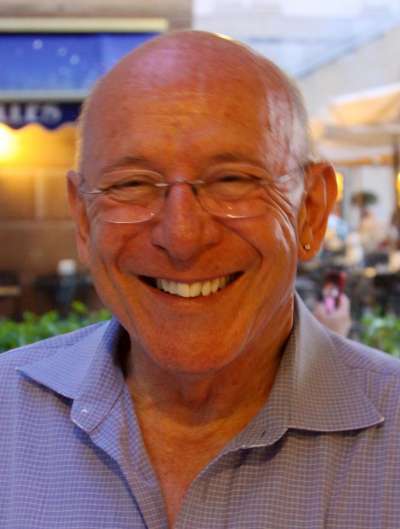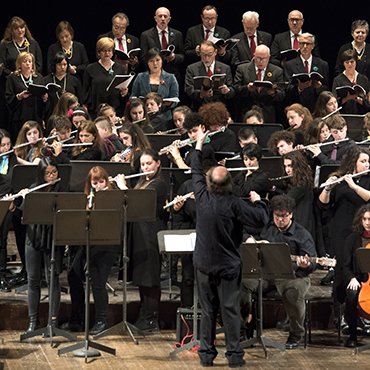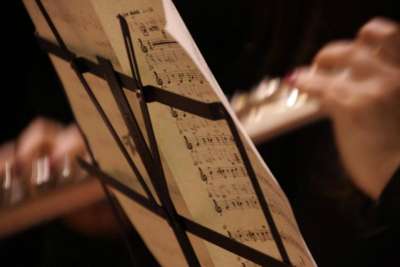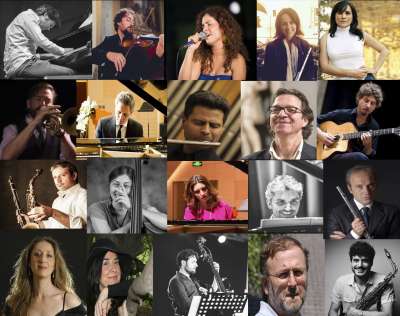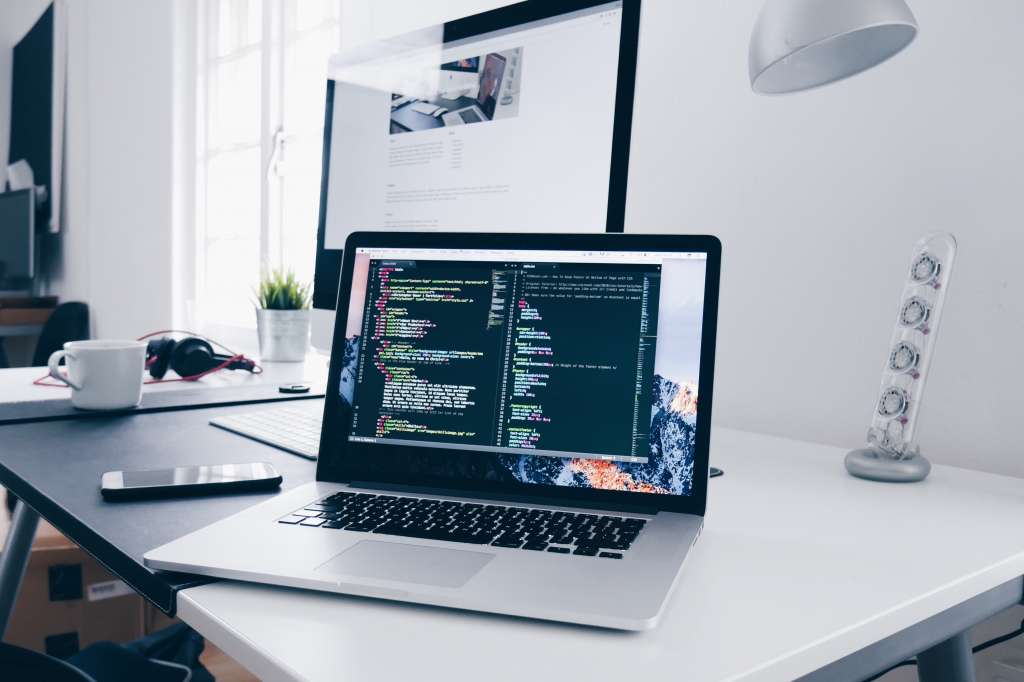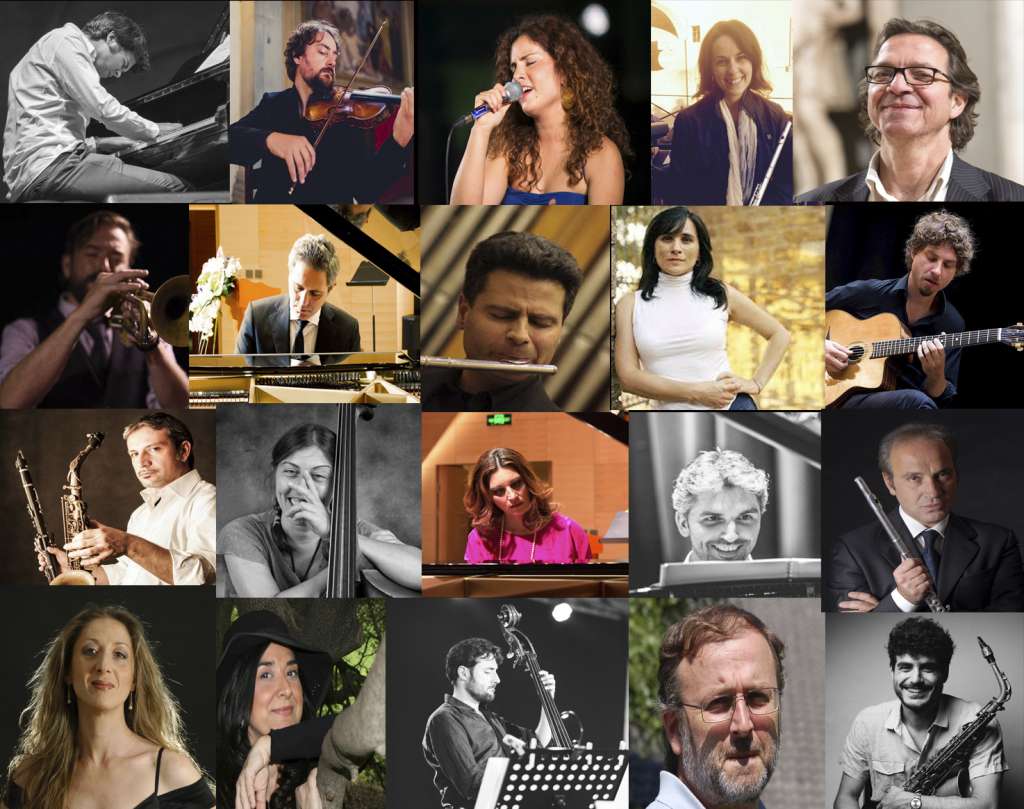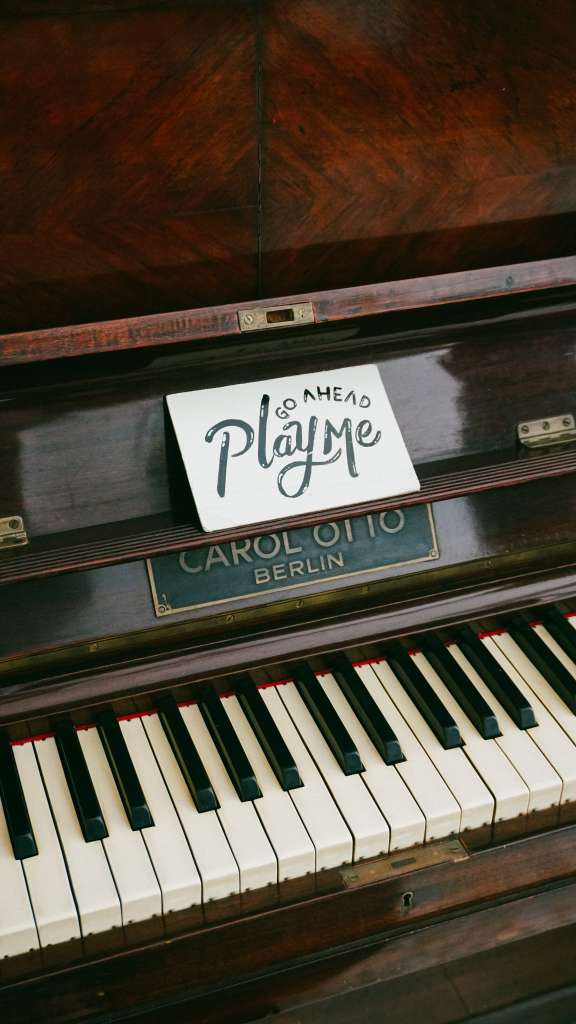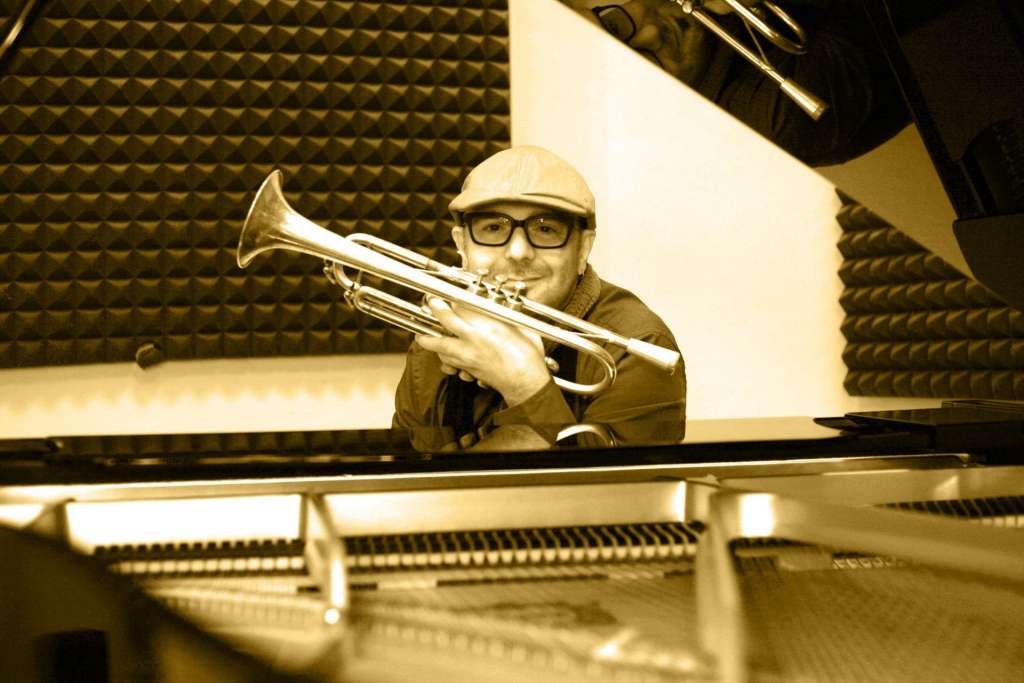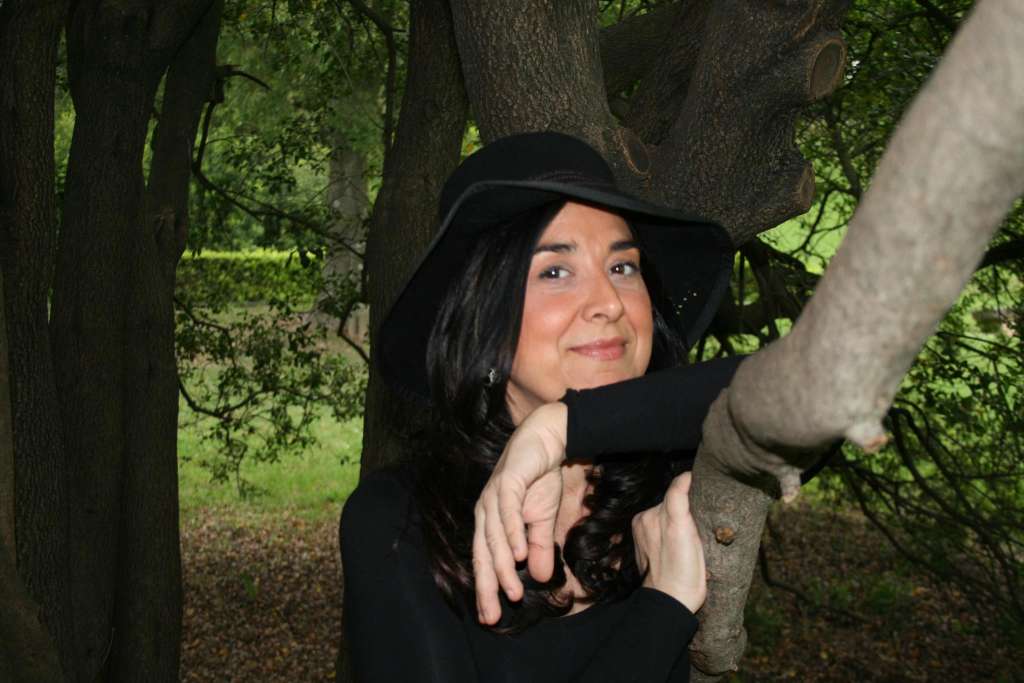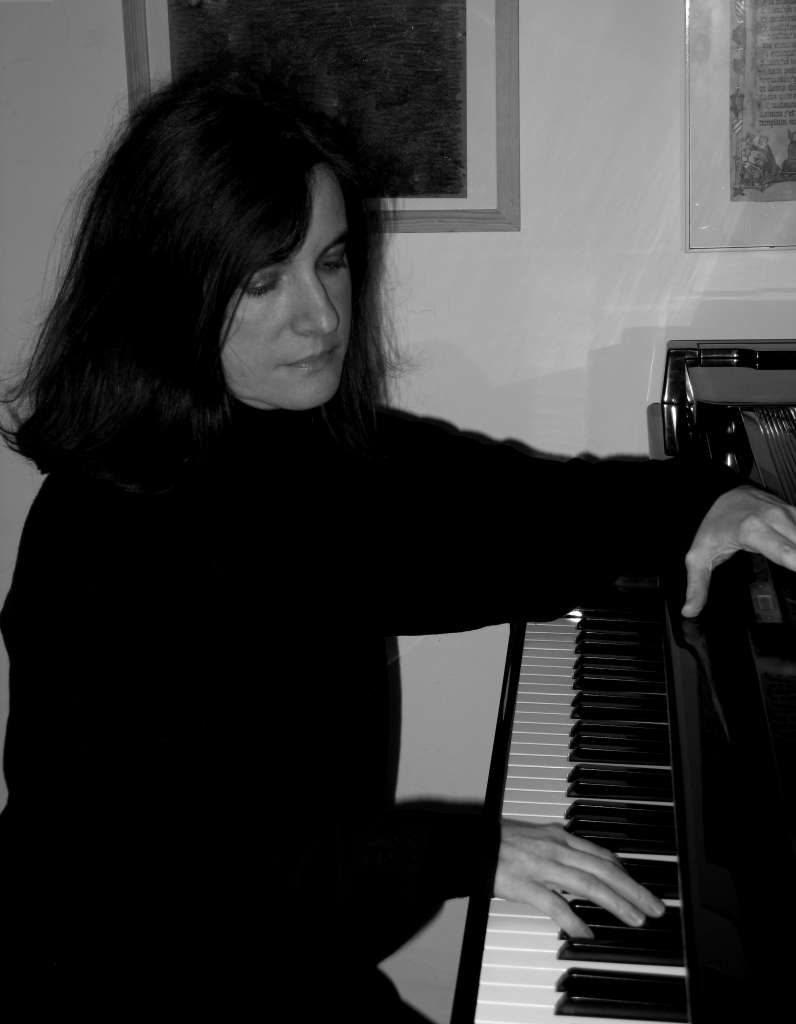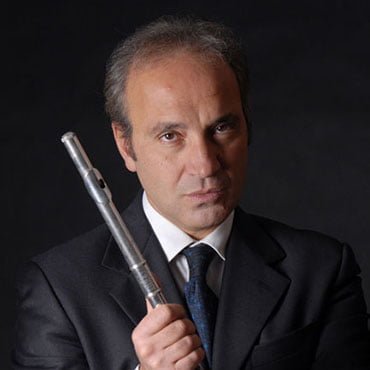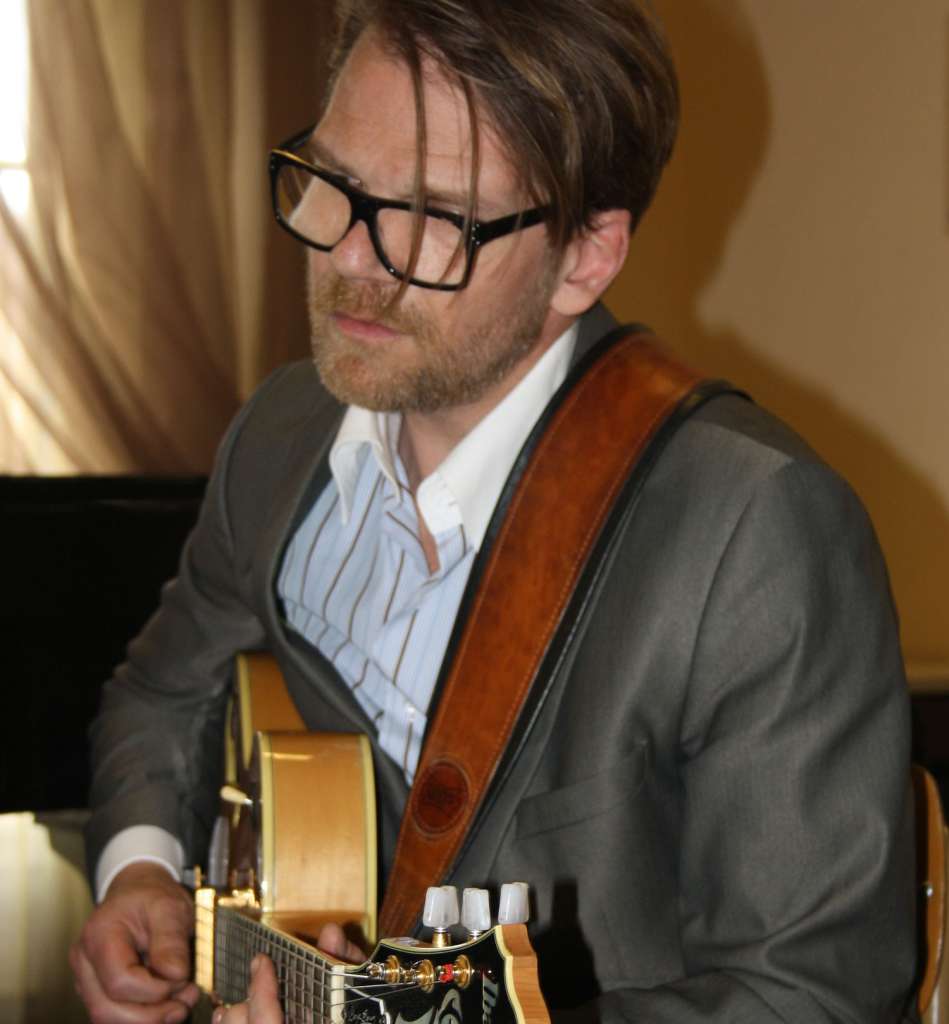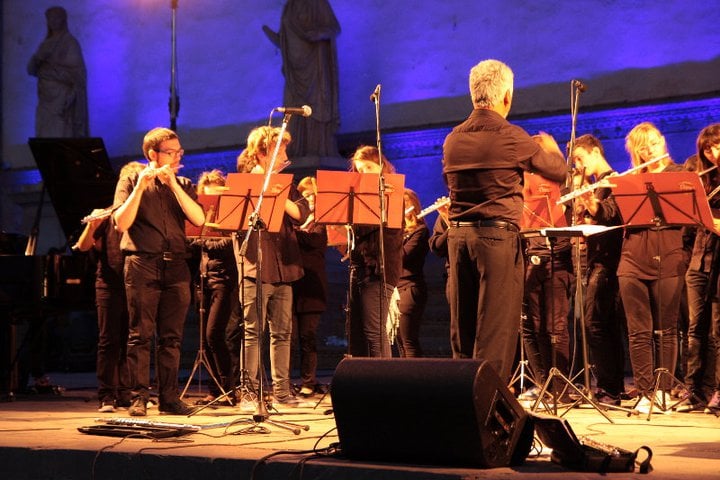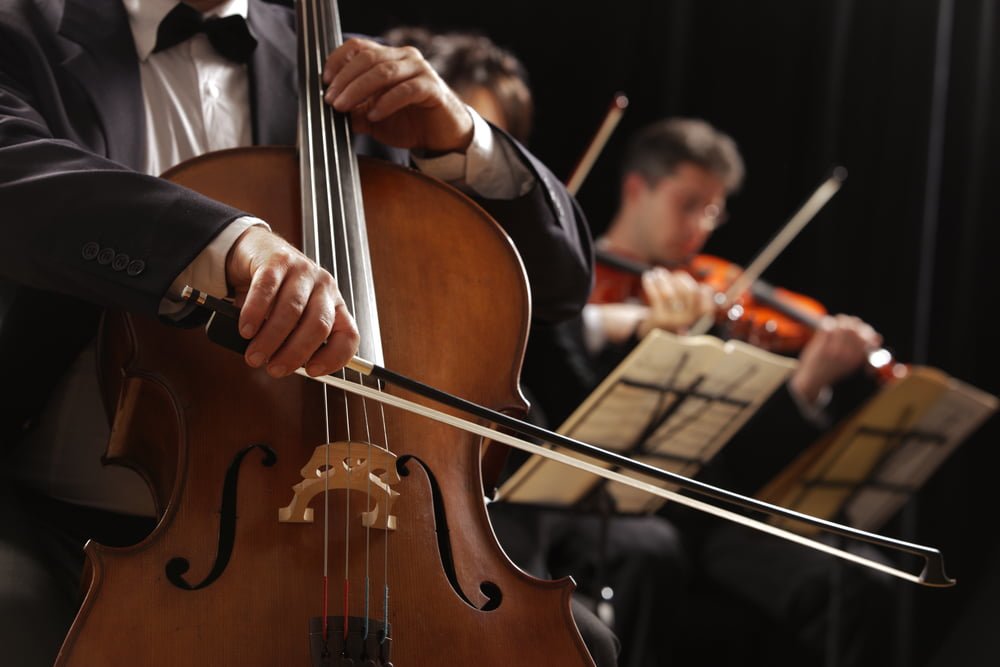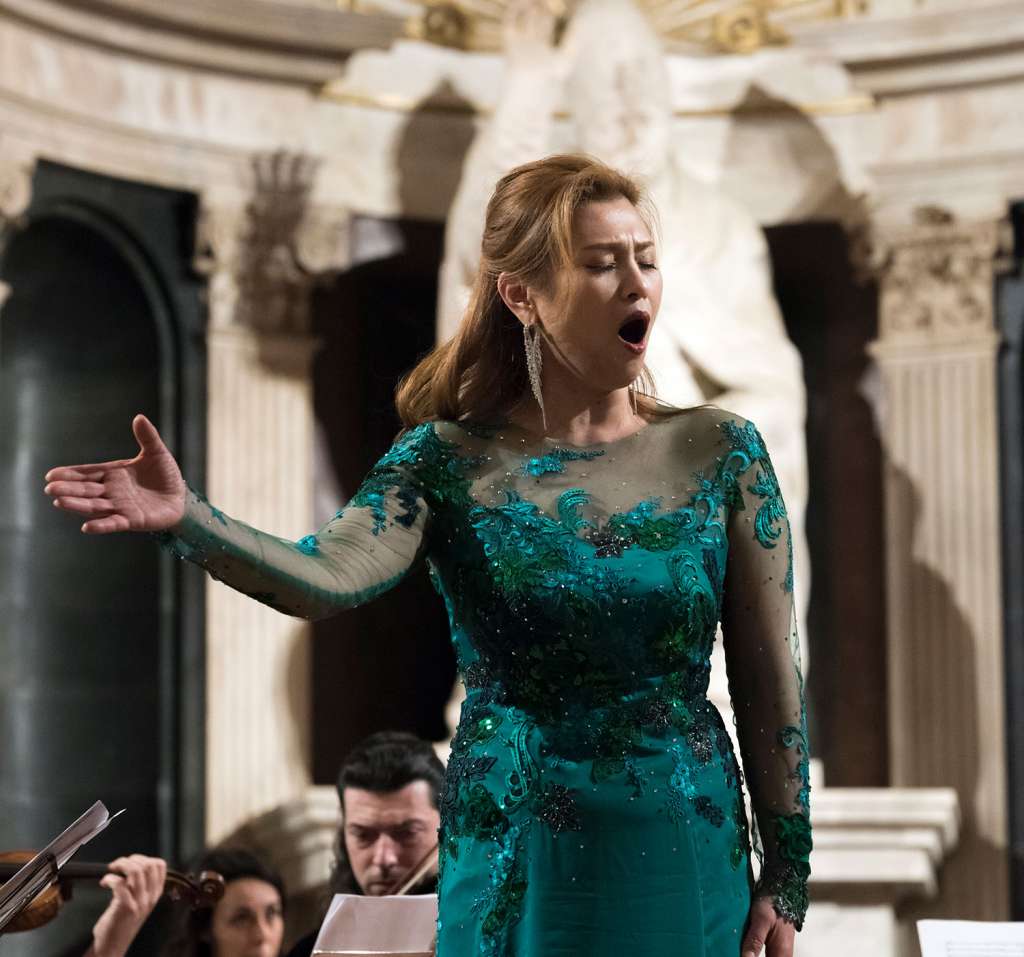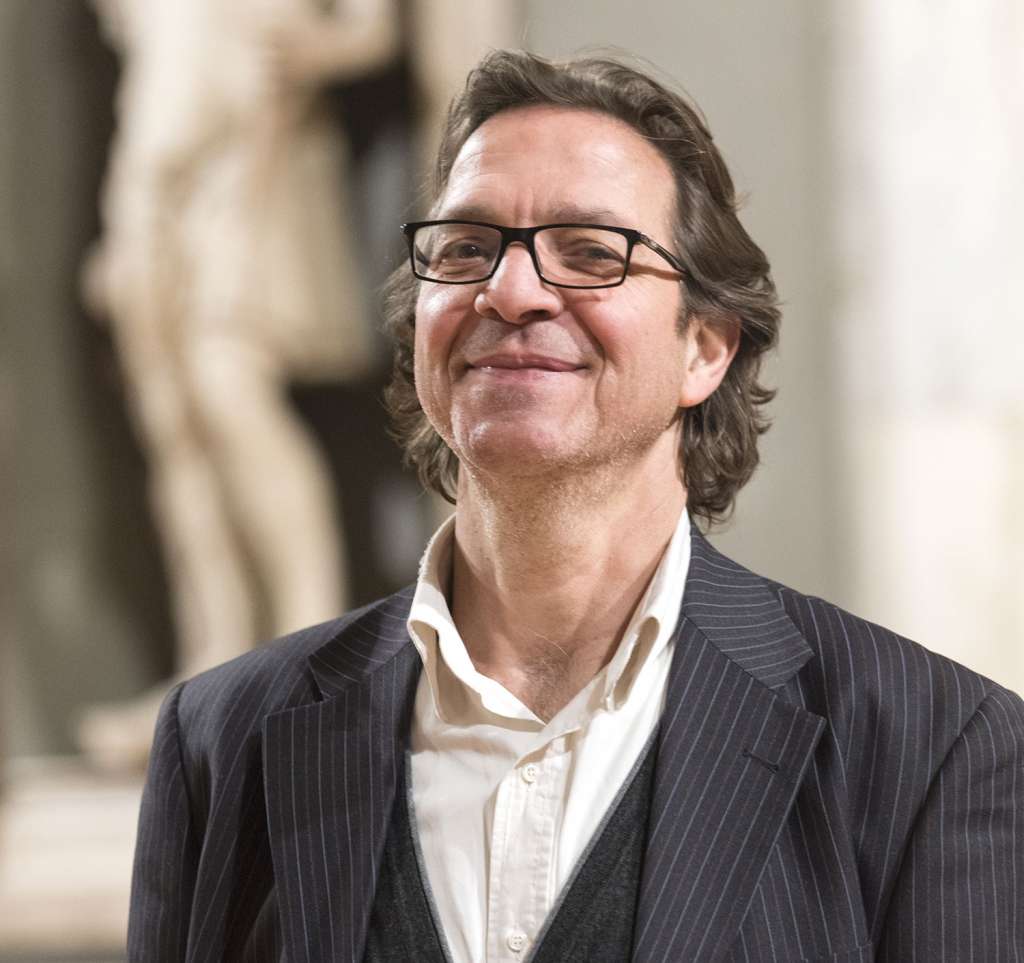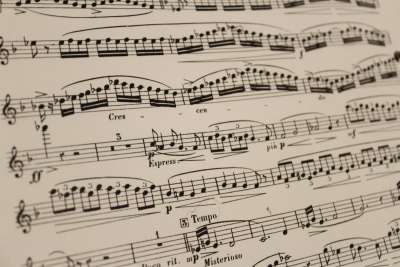 These courses offer students historical contexts for European music styles from the Baroque to Modern Period.
These courses offer students historical contexts for European music styles from the Baroque to Modern Period.
During classes, students listen to audio recordings and explore both historical and aesthetic elements of each instrumental and vocal genre. The classes also analyzes works with attention paid to distinctions in style and techniques for each time period, as well as to individual musical elements such as harmony, melody, and rhythm.
The listening portion of the course helps to develop a greater awareness and appreciation for all music and its connections to other art forms (literature, painting, and architecture in particular).
When possible, and with all that Florence has to offer, students will attend relevant live performances at the important venues of the city.
MUSIC HISTORY SURVEYS
- Middle Ages, Renaissance, Baroque Periods.
- Classical, Romantic, Contemporary Periods.
A chronological survey, divided into two semesters, of Western music from the Middle Ages to the present, the courses emphasize changes in musical styles and forms. These two comprehensive chronological surveys explore music within its historical context, touching upon the social, political, scientific, and artistic landscape of each period, with an emphasis on key composers and masterpieces for each period. Throughout the semester special attention will be given to the development of listening skills, with the aim of enabling a dynamic and critical engagement with the musical works studied. No previous musical experience is required. It is vital that students keep up with the reading and listening assignments. Each lecture will focus on one or more specific pieces of music, and students will be expected to have read the assigned passages available online and to have listened to the assigned works in advance of the relevant lecture.
MUSIC APPRECIATION
The study of several musical masterpieces, from the works of Bach and Handel to the 20th Century American musical.
Study of a representative selection of pieces in the current repertory of the concert hall from the last 300 years of Western classical music, beginning with an appreciation of the elements of music (melody, harmony, rhythm, instrumentation, performance issues) and then developing critical listening tools while viewing and listening to a succession of selected masterpieces such as Handel’s Messiah, Mozart’s Clarinet Quintet, Beethoven’s Ninth Symphony, Berlioz’s Symphonie Fantastique, Verdi’s Otello, Stravinsky’s Petrushka, and Bernstein’s West Side Story.
HOW WE LISTEN TO AND PERFORM MUSIC IN OUR AGE OF RECORDING
In the last 100 years of recordings our relationship to music has changed in interesting and significant ways.
This course will have two guiding principles: the “past” begins yesterday, and the art of listening to music – live or in recorded form – is a skill of active participation in which the listener engages with the artistic process. In dealing with the music of the past, the course will consider the following ideas. Is a work of art (a composition) a one-time aesthetic statement of expression representative of its own time, or does that work continue to live, breathe, change, and evolve – and, if so, how? After inspiration, composition, preparation, and initial performances – necessary steps in its gestation – is a work heard (seen) differently with the passing of time? Should a given contemporary performance or recording be at all “identical” or “close” to the original performance, and if so in what ways? In fact, in what ways may we speak of “authenticity” in musical performance? What were the expectations of listeners at the time of first performances and should that have any bearing on performances today? With the development of recorded technology and our extraordinary access to recorded music, how important are live performances today? Is there a difference, in fact, in hearing a work live or recorded, and if so what is it and how does it affect us?
INDIVIDUAL COMPOSER STUDIES
- Monteverdi and Vivaldi
- Mozart and Haydn
- Beethoven
- German Romantics: Shubert, Schumann, Brahms
- Bach and Handel
- Italian Opera of the 19thcentury
Students are introduced to Italian opera, from a background in the earliest masterpieces such as “Orfeo” by Monteverdi to “La Boheme” by Puccini, including works such as “Don Giovanni” by Mozart, “Il Barbiere di Siviglia” by Rossini, “La Traviata” by Verdi, and others with careful attention to analyses of language (libretto) and dramatic action on stage.
The operas of Verdi within the context of Italian Romanticism and the Risorgimento is the main focus of study.
This course offers students attendance at a live performance in one of the magnificent opera theaters of Florence or nearby cities.


